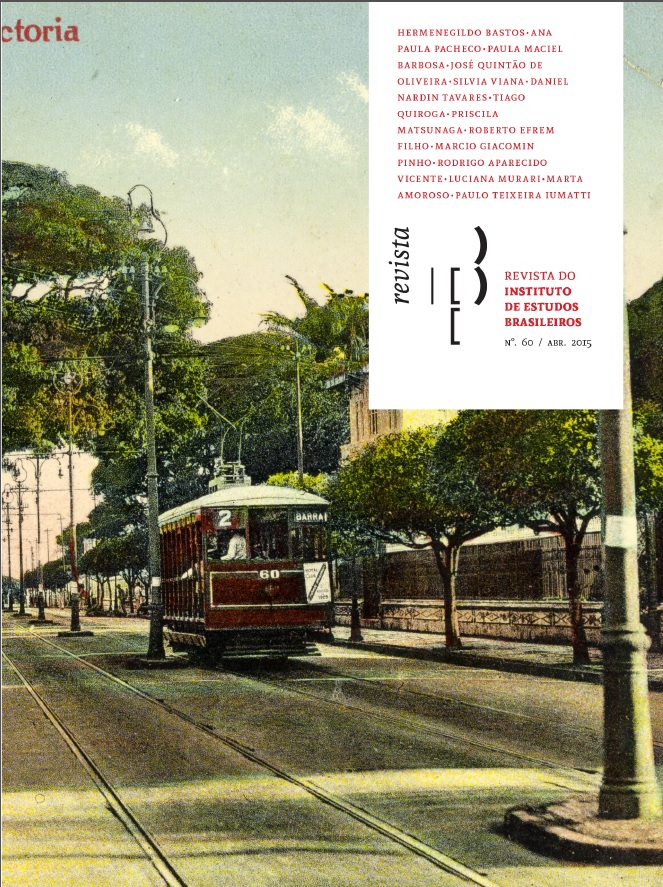Haunted Farm – the figuration of slavery in the novel “Til”, by José de Alencar
DOI:
https://doi.org/10.11606/issn.2316-901X.v0i60p55-76Keywords:
José de Alencar, “Til”, farm novels, indianist movement, regionalism, slavery.Abstract
This essay aims at presenting the novel “Til”, by José de Alencar, going over its formal aspects, which are responsible for unveiling the historical substance on which it is based. Differences and continuities of the book in relation to the previous work of the author are discussed. By bringing the action to a slave-holding coffee farm during the Brazilian “Segundo Reinado” (Second Reign) and intending to figure all social classes involved within the farm’s world, Alencar points to the core of the whole system: the coffee production and the slave labour. Hence, the novel figures two poles, centre and periphery – or the “casa-grande” (Big House) and its surroundings –, which are confronted, thus projecting over the novel all kinds of ambiguities, and also accounting for the instability of the very structure of the novel. We aim at showing that the slavery is an essential element of the work, even if the mere reading of its plot does not point directly to this fact.Downloads
Download data is not yet available.
Downloads
Published
2015-05-04
Issue
Section
Articles
License
- Todo o conteúdo do periódico, exceto onde está identificado, está licenciado sob uma Licença Creative Commons do tipo atribuição CC-BY.
How to Cite
Barbosa, P. M. (2015). Haunted Farm – the figuration of slavery in the novel “Til”, by José de Alencar. Revista Do Instituto De Estudos Brasileiros, 60, 55-76. https://doi.org/10.11606/issn.2316-901X.v0i60p55-76



